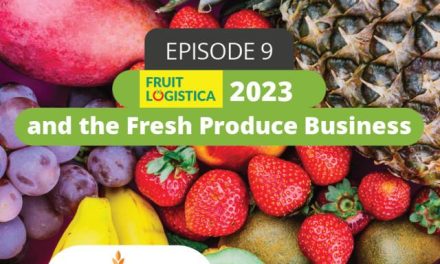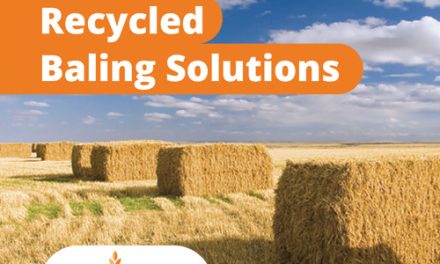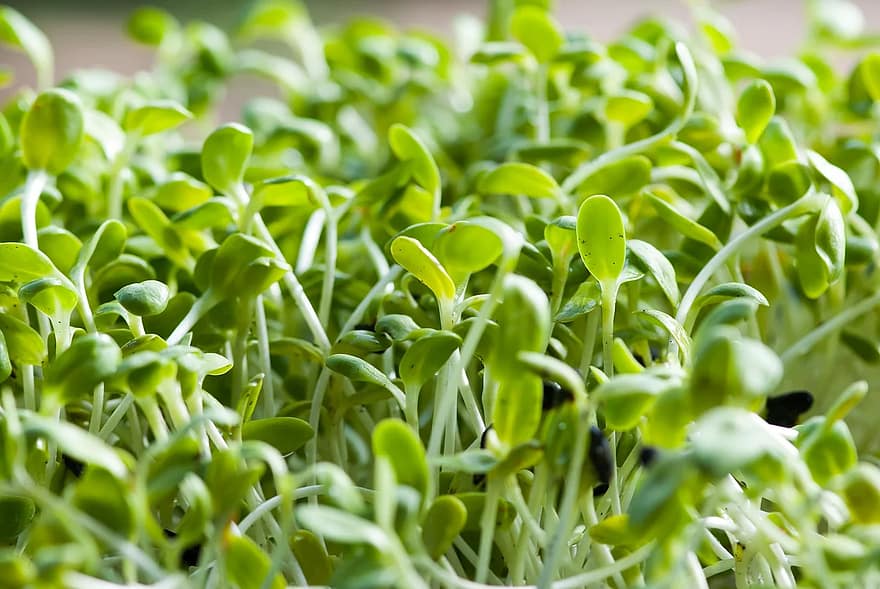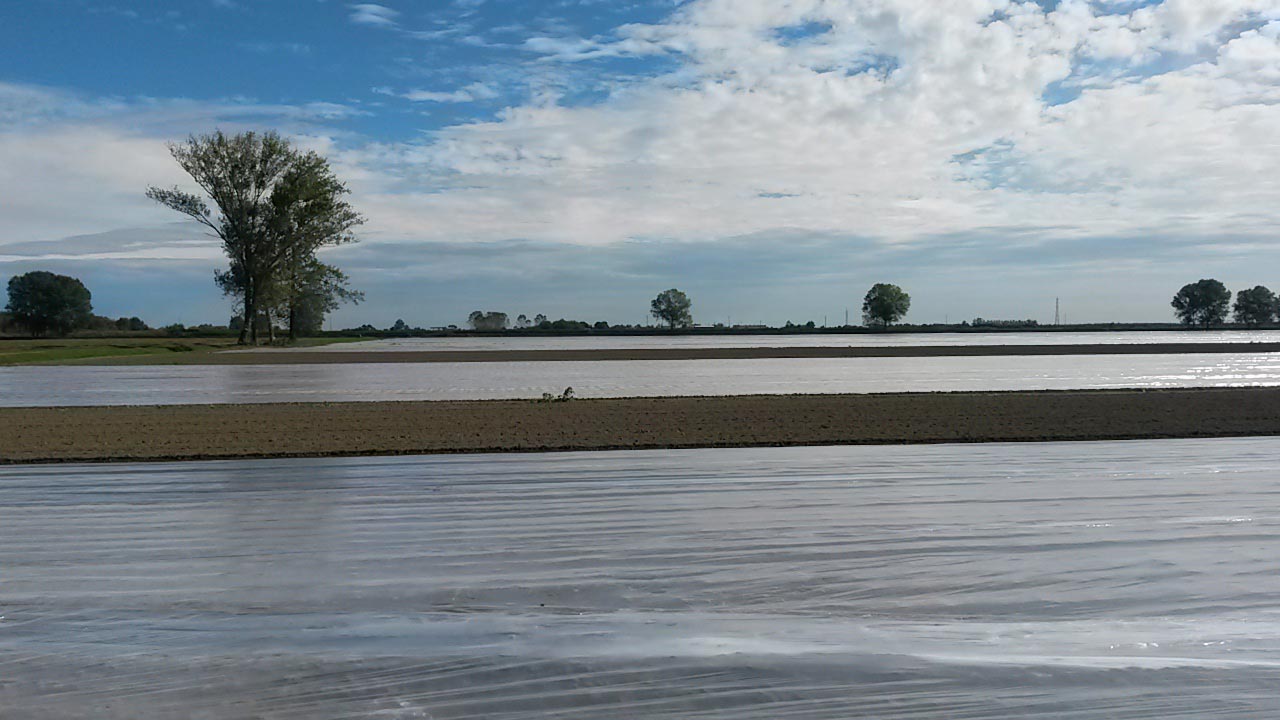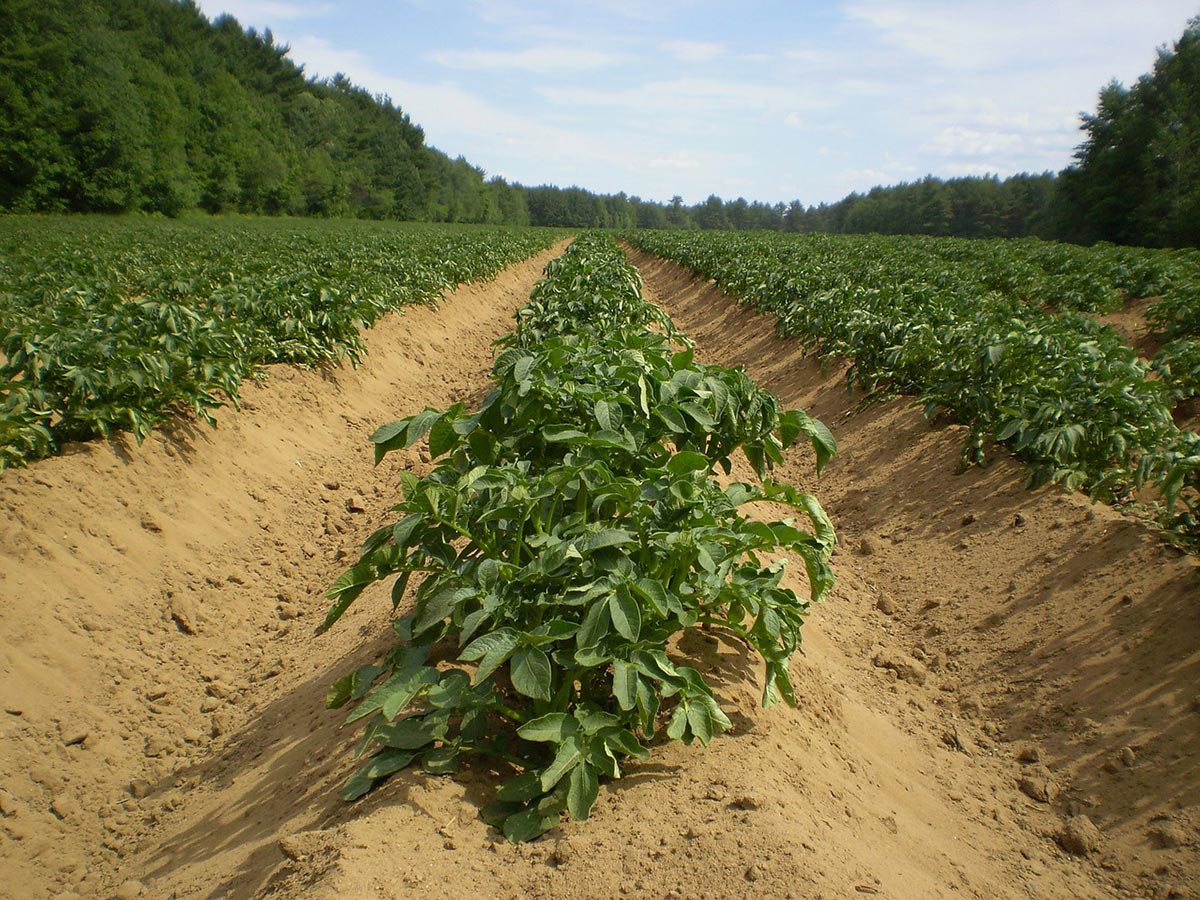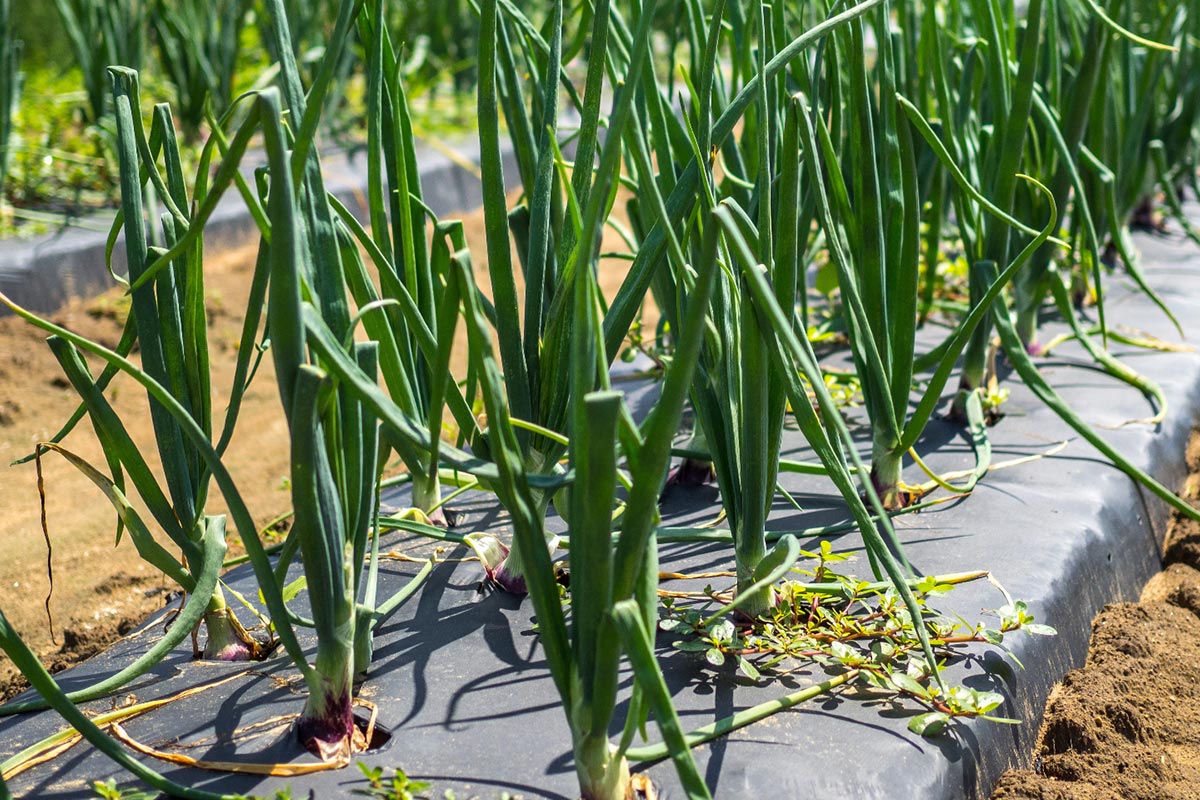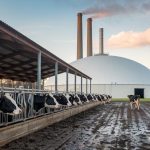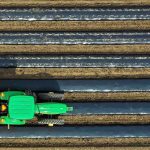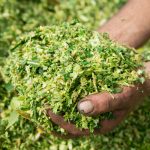
Success story: Blueberry cultivation using elastic tubing (a simpler and more economical structure than high tunnels)


The world production and consumption of blueberries have increased dramatically over the last decade, facing particular challenges depending on the producing country. In this case, we will focus on Portugal to discuss a case study that can be applied to other regions of the world with similar conditions for the cultivation of this fruit.
The problem encountered: climatic conditions during blueberry harvesting
In the case of Portugal, the main problem is the climatic conditions during the harvest season, with periods of rain that make it difficult to harvest the fruit.
This situation complicates the planning for hiring the harvesting team since they cannot work on rainy days. Hiring is usually done weekly, with the additional difficulty of having little availability of skilled labor.
Faced with this situation, Armando Alvarez Group, a leading manufacturer of agricultural plastics, conducted a test to determine the most viable options to solve this problem.
Solution for harvesting blueberries during the rainy season
The team from Armando Alvarez Group recommended to one of its clients in Portugal, whose crop is very close to Porto, to plant 3 hectares of blueberries covered with laminated raffia using an elastic tubing to fix to the structure. In addition to covering the crop, the objective was to bring forward the harvest and make it more homogeneous, both in terms of quality and time.
After two years, the following results were obtained in the raffia-covered field:
- Harvest was obtained one week earlier and was more concentrated in time.
- Fruits showed better quality.
- Neither botrytis nor Drosophila Suzukii was present.
- Harvesting was possible even in rainy weather
Use of a simpler and more economical structure than high tunnels
To understand the relevance of this case study, it is important to know that blueberries can be grown using different types of structures and cover materials.
High tunnels can be used with a low-density extruded polyethylene or, as in this case, a more economical structure covered with a high-density fabric laminated with low density (laminated raffia).
High tunnels are more thermal because they are more closed. It could be said that this is the most complete structure for growing blueberries and ideal for areas with extreme climates and where earlier harvesting is required.
On the other hand, we have raffia which, depending on the agricultural producer’s objectives, can perfectly meet the requirements at a lower cost.
In this case study, we want to demonstrate that not only can blueberries be covered with a “high tunnel” type structure, but there are also other simpler and much cheaper structures that meet many of the conditions for positive crop yields, as is the case of elastic tubing.
The elastic tubing is the rope that in this case holds the raffia, which, being elastic, supports the wind quite well.
However, it is important to clarify that the choice of the ideal type of structure and cover material depends on the producer’s objectives.
In this specific case, the objective of the agricultural producer in Portugal was to use a structure that would help to protect the crop from weather conditions and solve labor problems for harvesting.
Both objectives were achieved, and, in addition, a more homogeneous and concentrated production was achieved (for example, harvesting in 4 weeks what was previously done in 6 weeks) to bring the fruit to the market at the best time to sell it.
In addition, the kilos of fruit obtained, with homogeneous quality, were better distributed over the total number of weeks of harvest.
In the case of diseases, the benefit was evident since the producer had two fields, one with cover and one without it. The crop in the open field was visibly affected by diseases.
Always prioritizing the objectives of each crop, we could say that this type of more economical solution could be an alternative for producers in geographical areas where temperatures are not extreme. Another factor that must be considered is market conditions, where, for example, it is not a benefit to bring the harvest forward much because of competition, since in this case, the investment will probably not be profitable vs. crop production.
For better orientation regarding the type of material and structure ideal for your farming area, we invite you to contact our team of specialists.
For more information we recommend reading our articles:


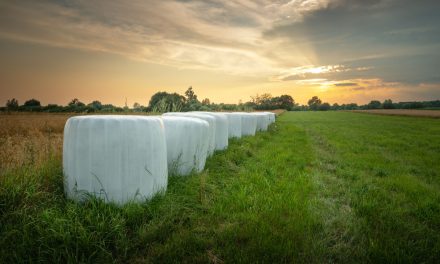
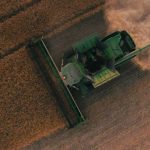

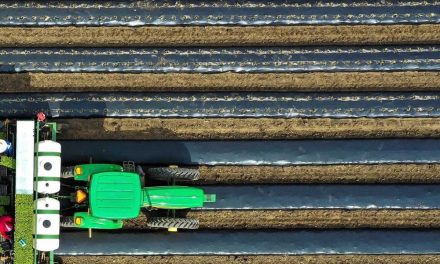



![[eBook Trends in Agriculture Plastics] Increasing use of biodegradable mulch](https://agriplasticscommunity.com/wp-content/uploads/550 × 310_2_ENG-440x264.png)
![[eBook Trends in Agriculture Plastics] Reducing the plastic used in the manufacture of agricultural films](https://agriplasticscommunity.com/wp-content/uploads/550 × 310_1_ENG-440x264.png)






